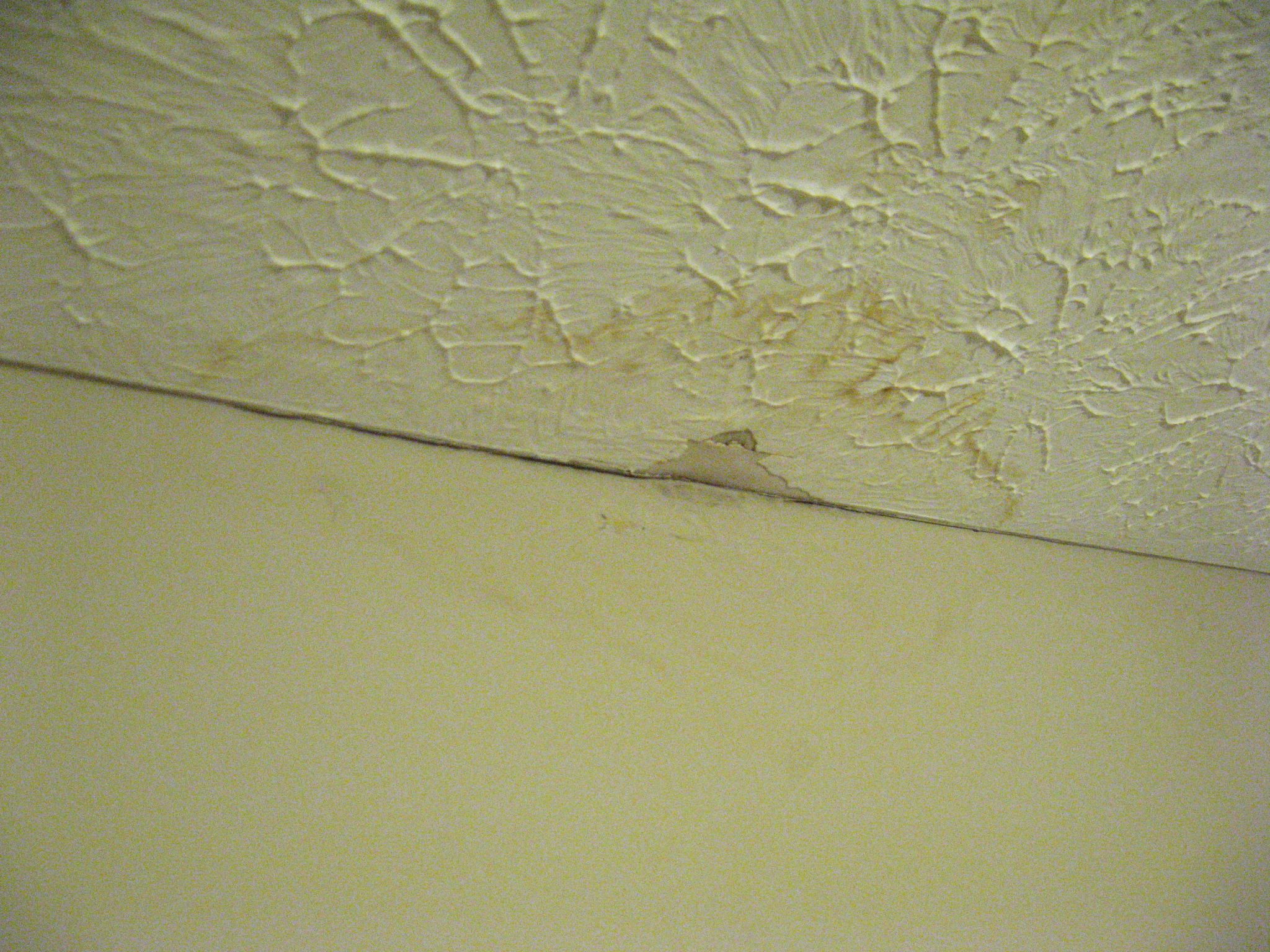Unveiling the Main Causes of Leakage Inside The Home
Unveiling the Main Causes of Leakage Inside The Home
Blog Article
Just about everyone seems to have their unique beliefs when it comes to How Fast Water Damage Can Ruin Your Home.

Leaks not only trigger waste of water yet can additionally trigger unneeded damages to your home and also advertise undesirable natural growth. Sadly, water leaks might go unnoticed because the majority of the pipework in our home is concealed. By understanding as well as looking for day-to-day situations that trigger leaks, you can secure your residence from future leaks as well as unnecessary damage. Today, we will certainly check out six leak causes that may be triggering your pipelines to leak.
Elbowing in roots
Many water leakages start outside the house instead than inside it. You could see wet spots or sinkholes in your yard, and also that may suggest that tree roots are attacking water lines triggering water to permeate out.
Corroded water systems
As time passes by, your plumbing system ages and also rust such as corrosion might begin eating away the pipelines. This might be the reason for staining or warping on your pipes. This requires an assessment with your plumber right away. Think about replacing the pipes because they are at a greater risk of corrosion than the newer designs if our plumbing system is old.
Malfunctioning Pipeline Joints
The factor at which your pipelines link is regularly the weakest link in the waterline. Pipe joints can deteriorate over time, leading to water leakages. However, most of pipe joints are not easily visible. If you have noisy pipelines that make ticking or banging sounds, specifically when the warm water is turned on, your pipeline joints are most likely under a lot of stress. It is advisable to have your plumber examine your system yearly.
Instant temperature level changes.
Severe temperature level adjustments in our pipelines can create them to expand and also acquire all of a sudden. This growth and contraction might create cracks in the pipes, especially if the temperature are below freezing. If you kept an eye on just how your plumbing works, it would certainly be best. The presence of the previously stated situations frequently suggests a high danger.
Poor Water Connectors
At times, a leakage can be created by loosened hose pipes as well as pipes that supply your appliances. In situation of a water connections leakage, you might observe water running directly from the supply line or pools around your home appliances.
Obstructed Drains
Blocked drains could be aggravating as well as inconveniencing, however they can in some cases wind up creating an overflow bring about break pipes. Maintain eliminating any kind of materials that may drop your drains that might obstruct them to avoid such troubles.
All the above are reasons for leakages yet not all water leaks result from plumbing leakages; some leakages might come from roofing leaks. All leaks need to be repaired promptly to prevent water damages.
Leaks not only trigger waste of water but can likewise create unneeded damage to your house as well as advertise undesirable organic growth. By comprehending and also looking for everyday circumstances that trigger leakages, you can shield your residence from future leakages and also unneeded damages. Today, we will look at six leak causes that may be triggering your pipes to drip.
At times, a leak can be created by loosened tubes and also pipes that supply your appliances. In case of a water connections leakage, you may discover water running directly from the supply line or puddles around your appliances.
How To Check For Water Leak In Your Home
How To Check for Leaks
The average household's leaks can account for nearly 10,000 gallons of water wasted every year and ten percent of homes have leaks that waste 90 gallons or more per day. Common types of leaks found in the home are worn toilet flappers, dripping faucets, and other leaking valves. These types of leaks are often easy to fix, requiring only a few tools and hardware that can pay for themselves in water savings. Fixing easily corrected household water leaks can save homeowners about 10 percent on their water bills.
To check for leaks in your home, you first need to determine whether you're wasting water and then identify the source of the leak. Here are some tips for finding leaks:
Take a look at your water usage during a colder month, such as January or February. If a family of four exceeds 12,000 gallons per month, there are serious leaks.
Check your water meter before and after a two-hour period when no water is being used. If the meter changes at all, you probably have a leak.
Identify toilet leaks by placing a drop of food coloring in the toilet tank. If any color shows up in the bowl after 10 minutes, you have a leak. (Be sure to flush immediately after the experiment to avoid staining the tank.)
Examine faucet gaskets and pipe fittings for any water on the outside of the pipe to check for surface leaks.
Undetected water leaks can happen without the home or business owner even realizing. If you suspect a water leak, but not able to find the source. It is time to contact a professional water leak detection service, The Leak Doctor.
How To Find a Water Leak In Your Home
https://www.leakdoctor.com/blog/How-To-Check-For-Water-Leak-In-Your-Home_AE197.html

I am very eager about How to detect water leaks in your home and I'm hoping you enjoyed the new page. Appreciated our piece of writing? Please share it. Let others find it. We recognize the value of reading our article about Top Causes of Home Water Leaks.
Quality care? Call. Report this page